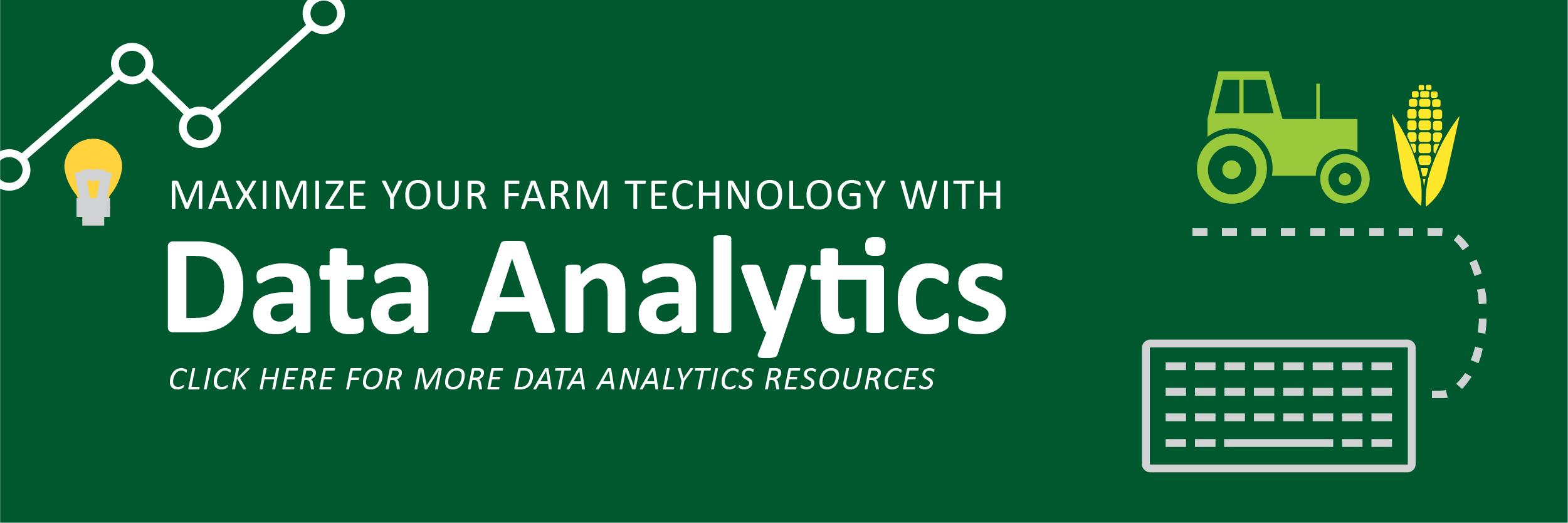Every grower sets goals for their farming operation. Seeking high yields or decreasing costs of operation are commonly cited, but ultimately what every grower wants to know is whether or not each decision is profitable.
How do we go about doing this? Since no two fields are the same, there’s an increasing need for information generated down to the sub-field level. We can’t apply the same rule of thumb across an entire operation or we’d never gain any improvement. Some of our advisors refer to this as ‘farming by the foot’ to gain a deeper understanding of each field in order to have optimal success. By studying each foot individually, using farm analytics, we have the capability to drill down and identify each limiting factor(s) per field.
We often hear statements from grower such as:
“The home farm has been my best field for 30 years – my other fields don’t measure up.”
“I’m cutting back on input costs because it simply doesn’t pay.”
“Maybe I’ll try it – next year…”
To overcome them, we first need to break down ‘big data’ from a farm approach into a field, and even sub-field, approach – to define variability at the field level in order to make smarter, more profitable decisions. By digging into farm analytics, a grower’s ‘best’ field might turn out to be average from an economics standpoint. Comparatively, one of the lowest-yielding fields can turn into one of the best with the right management plan. Once growers start to see how much they benefit from the data they’re receiving, they start paying attention more closely.
By looking at each field individually, we develop a management plan catered solely to the field at hand. Low production areas such as sand pockets, nutrient-depleted ridges or ponding zones, are all taken into consideration with management zones. Seeding and fertilizer rates may be decreased in low production areas to save on costs while higher rates are allocated in high production zones. PCS Advisor Adam Walters commented, “It’s amazing to see growers save $12/Ac by zoning to reduce costs while at the same time boosting production.”
We often hear, “we have all this data, now what?” or “how do we get growers to implement changes?” Our goal is to get a grower to a deeper level of understanding with their data.” By interpreting the results at the field level, growers can make better decisions on field management to ideally accomplish improved profitability and efficiency.
As a farmer what are you doing to break down ‘big data’ to define variability at the field level in order to make smarter, more profitable decisions? It’s time to start using your data and farm analytics to help you profit.

